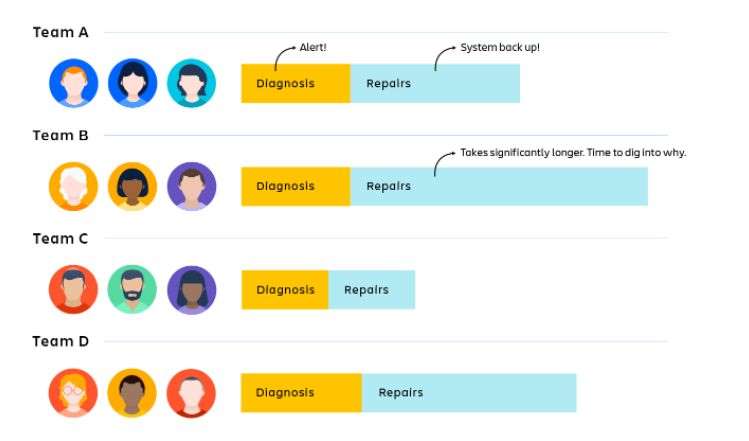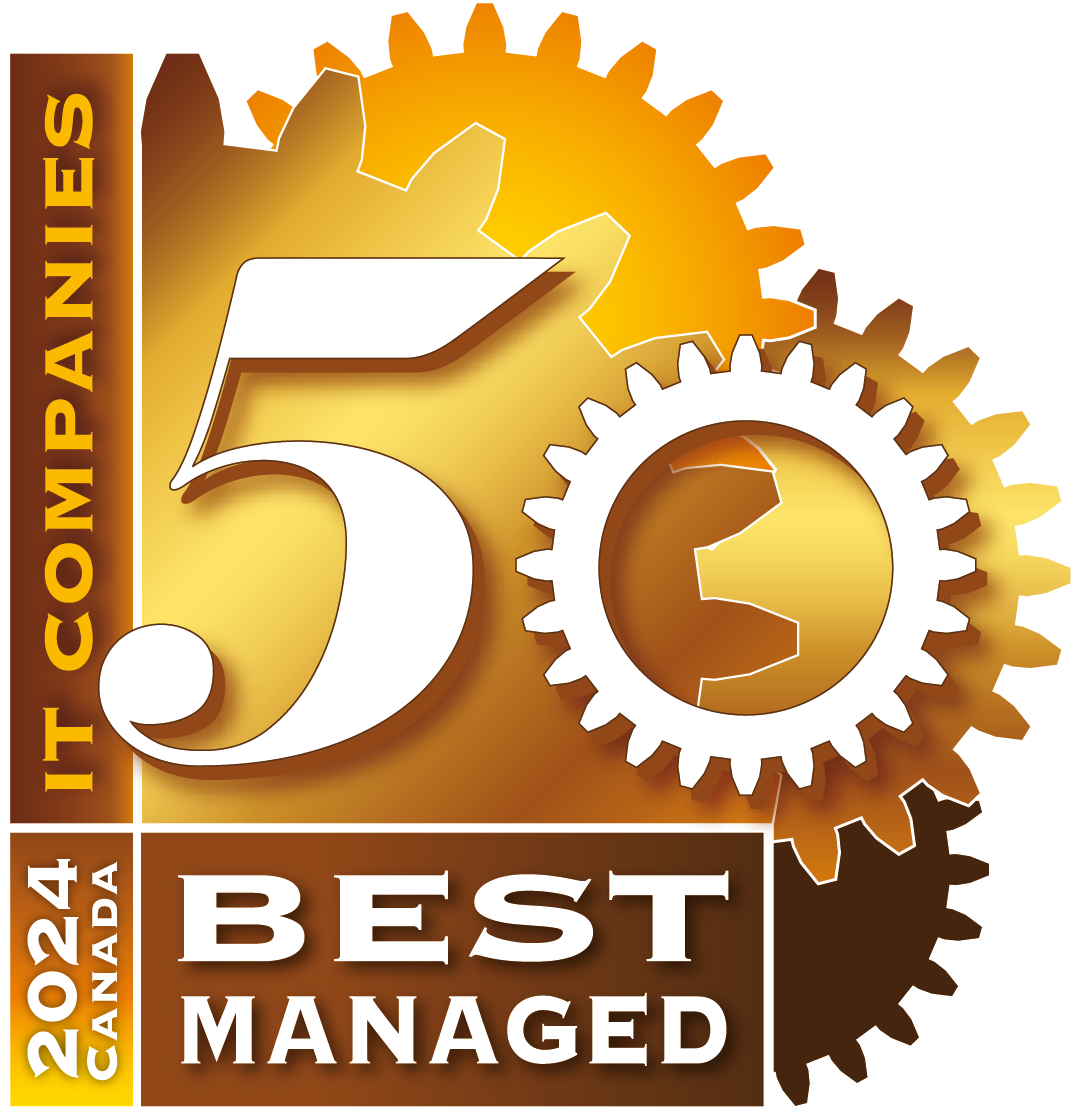Businesses can, and often do, blindly throw money at IT projects and hope that they deliver to requirements. A wiser approach, however, is to implement IT metrics and KPIs that allow you to measure the business performance of technology initiatives. This can help you to manage the business more efficiently and stay on budget, optimize processes and keep to timelines.
What Are IT Metrics?
Before we delve into IT business metrics, let’s recap the IT metrics definition: metrics are measurable performance indicators that help decision-makers monitor and manage IT operations. There isn’t an exhaustive ‘list of IT metrics’, rather metrics can include: IT costs, average downtime, and support response.
In simple terms, IT metrics are need-dependent: your business will track parameters most important to it. However, IT costs are something every business tracks.
1. IT Cost Metrics Help You Determine Return on IT Investment
The oft-used business metric ‘return on investment’ (ROI) can be applied to IT to measure how much your business got out of its IT spend. A typical example is evaluating cost savings from a project and determining if the savings were worth the upfront cost of the IT investment.
Tracking ROI can be an ongoing and time-consuming task, but it is one of the most important operational and financial metrics an IT team can measure if it wants to prove its relevance and performance to the organization.
| Confused by Long Contracts and Complex Invoices?
We’ll decode your IT expenditure and help you identify where you could be spending less and where you should be spending more. |
2. Downtime Is One of the Most Important IT Operations KPIs
Downtime is one of the most well-known IT operations KPIs, and you will surely have heard the boast of 99.9% uptime if you have worked in IT for any period of time. It’s critical to keep an eye on downtime because anything less than 99.9% can be considered as something to fix.
Servers can track the amount of time infrastructure has spent in downtime, and you can configure them to discount any planned maintenance, updates or reboot to keep the reading accurate.
3. Support Ticket Management
The important technology metrics to measure the efficiency of an IT service desk are the number of tickets being handled, the cost per ticket, the time to resolve, the resolution rate, and the service levels and customer satisfaction rating.
Modern IT KPI tools allow you to track the number of open or reopened tickets versus resolved tickets and break them down by individual employees. This will help you to determine if the team has enough or too many staff and where there is a need to provide extra training to underperforming employees.
4. IT Costs Against Business Revenue
You should know if your IT budget aligns with the revenue the business is generating; if it’s too much, you might want to scale back, and if business is booming you might look at upping IT spend to accelerate scale.
To measure and optimize this metric, determine the desired percentage of revenue to allocate to total IT costs and then create a tool or spreadsheet that allows you to make adjustments ongoing.
5. IT Staff Engagement and Retention

Valuable IT skills can be hard to come by in today’s competitive market, so keeping track of whether your employees are engaged and staying with your company at an acceptable rate is smart. If people are leaving in droves and reporting low morale, it’s clear that something needs to improve.
Work with the HR team to implement engagement surveys and develop talent development and retention strategies that make it so staff want to stick around and perform. Find out performance measures that give you clear insight into turnover.
6. Project Delivery KPIs and IT Performance Metrics
One of the key tasks of a project manager is to measure whether a project has been delivered on time, on budget and in line with what was planned. KPIs in IT are no different in this regard.
If you are finding that projects are coming in way over budget and not delivering to expectations, this is a sign that project management needs to be assessed. There are plenty of project management tools on the market and it is worth exploring which one best suits the demands of your IT team members.
7. IT Support vs. Number of End-Users
Keep an eye on the number of end-users your IT support team is dealing with and try to optimize the ratio based on the workload and service quality. It might be that you need 10 staff per 100 users or 10 staff per 1,000 users depending on the nature and complexity of your IT setup or product.
This metric can be tracked by monitoring the number of end-users and analyzing how it is affecting the performance and engagement of your IT support staff, allowing you to make any necessary adjustments.
8. New Features and Functionality
If you have an idea of how many new features and how much additional functionality you want to add to your IT infrastructure, it can help you to ensure those capabilities are being rolled out as planned. These metrics should be aligned with wider business goals and objectives so their impact can be measured on a broader scale.
Consider using a tool to create a roadmap of new features and functionality that you want to bring either internally or to your product, and measure the delivery over time.
Keep Your IT Metrics Pointing in the Right Direction: |
9. Bugs and Errors Often Explain Poor KPIs in IT
It is well worth keeping track of how many bugs or errors your internal IT infrastructure or product is suffering, because then you will be able to determine if they are a real problem that is holding back or damaging the business. If the number of bugs spikes up, that’s a sign there’s something wrong.
Make sure you have implemented a bug reporting tool and that there are skilled resources who can identify the problem and apply fixes.
10. Average Time to Repair
You will want to know how long it is taking to make repairs to faulty IT hardware, if applicable. If it’s taking longer than it used to, it might suggest a productivity issue or that hardware needs to be replaced or modernized.
Introduce a metrics tracking tool so you know how long it is taking to make repairs. It’s also worth detailing how the repair was conducted so you can develop better repair processes and strategies.
Improve Your IT Scorecard With Fusion Computing
As one of Toronto’s best managed IT service providers, Fusion Computing has been trusted to help businesses across Toronto and the GTA measure their IT performance through key IT cost metrics.
Contact us today to learn more about the best ways to monitor the effectiveness of your IT operation.


